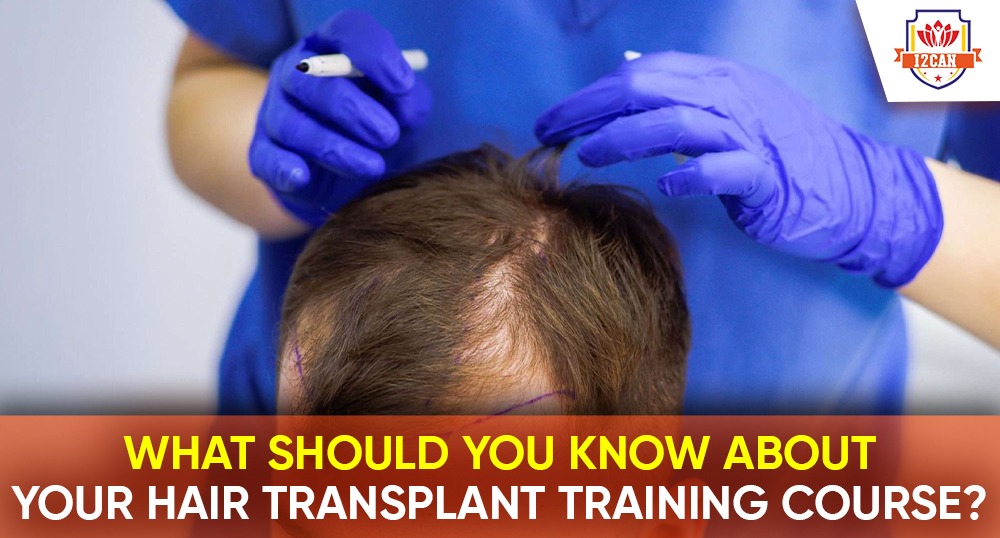In the modern era, hair loss is a severe issue that affects both men and women. Numerous variables, including genetics, nutrient inadequacies, hormonal imbalances, stress, and others, may be to blame. Hair transplants are a common cosmetic therapy for balding people who are experiencing hair loss. The demand for hair transplant treatments keeps increasing as people become more self-conscious about their appearances. However, India lacks competent and reliable hair restoration specialists.
What is a Hair Transplant?
Advanced cases of hair loss can be treated cosmetically with a hair transplant. It involves reestablishing your natural hairline. Healthy hair follicles are taken out of the scalp’s donor area during the procedure and placed in the recipient area. Our hair transplant training programs put a strong emphasis on each step of the transplanting process.
The sides and back of the head are referred to be the “donor area” of the scalp. Genetic predisposition prevents the hairs in this area of the head from ever falling out.
The parts of the scalp that are impacted by the hair loss problem are referred to as the “receiving site.” Basically, they are where a person’s hair is starting to bald.
Various hair transplant methods
You can learn about the procedure for both FUE and FUT transplant techniques when you enroll in a school for hair transplant training in India.
1. FUT:
Follicular Unit Transplantation is the traditional technique. On the donor area of the scalp, a strip of skin containing healthy hair follicles is cut out. Following follicle extraction under the microscope, the skin strip is prepared for grafting. FUT transplants create a protracted, linear scar. Using this method, a skillful and skilled surgeon can successfully graft a sizable number of follicles.
2. FUE:
The more sophisticated procedure is called follicular unit extraction. Direct scalp extraction of hair follicles occurs. The extraction procedure is carried out using a specialized machine with low torque and low RPM. Many surgeons like the FUE procedure because it offers a speedier recovery time. This does not involve stitches or scars. To guarantee that the grafting is completed successfully, the surgeon must be effective and skilled. Planning is necessary so that the surgeon can select hair grafts without depleting the available resources.
Benefits
Physicians can execute real treatments on live patients while being guided and supervised by an expert thanks to hands-on clinical training. The instructor assesses the student to make sure they comprehend and exhibit the abilities required of effective practitioners of aesthetic medicine.
The Course
- Talk about the development of hair transplant surgery over time.
- Identify the Scalp’s pertinent surgical anatomy.
- Learn about both hereditary and non-genetic hair loss reasons.
- Learn about the many medical procedures that can be performed to treat hair loss.
- Determine the indications, contraindications, and appropriate preoperative care.
- Learn the craft of creating a natural hairline.
- Learn the surgical procedures for sideburn, mustache, and eyebrow transplants.
- Apply advanced harvesting methods, and close the chlorophyte
- Talk about the methods for placing and dissecting grafts.
- Identify the risks, probable consequences, and management strategies for hair transplant surgery.
- Guidelines for creating a fruitful Hair Transplant Practical
Reasons to participate in this program
- Live Interactive Sessions & Practical Training in the Field
- A certificate of completion for the three-month IICAN program with five days of on-campus training is available.
- 3 hours of live lectures are given each week.
- Alumni and Status in the Network
- Increasing Depth of the ability to use the most recent methods and techniques during hands-on training.

